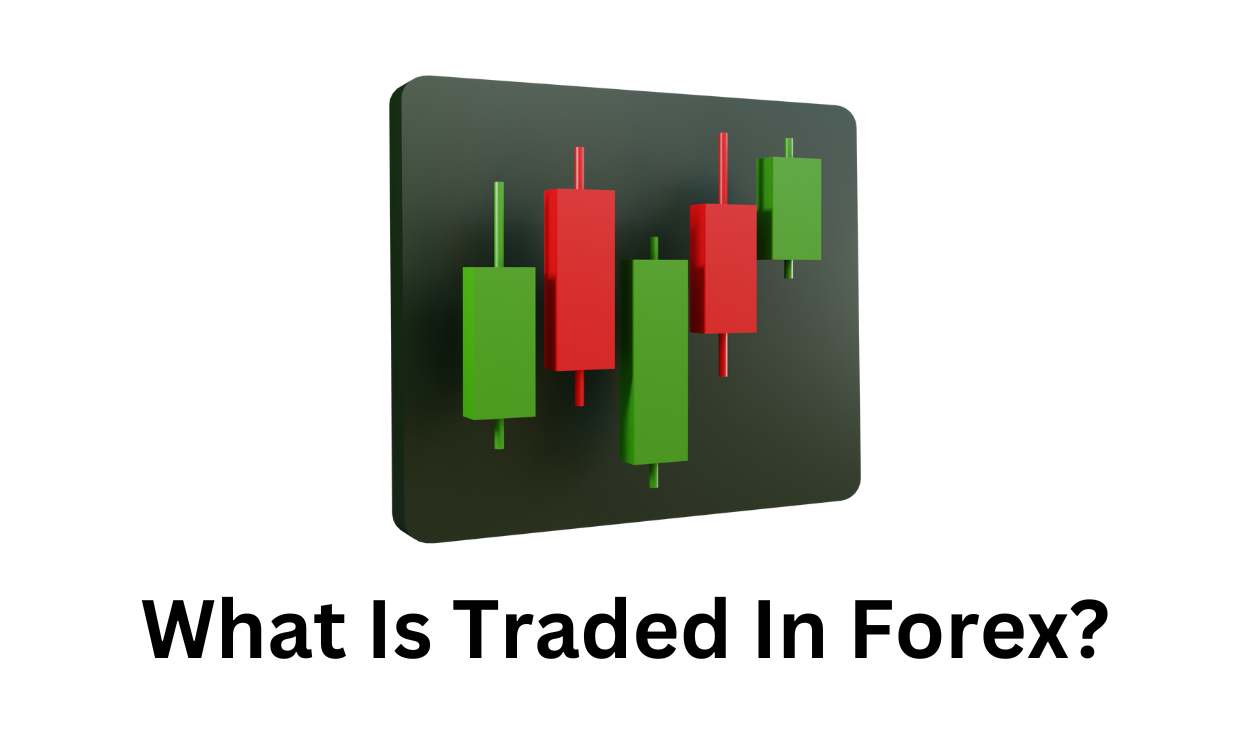

In Forex, currencies are traded. It involves the buying and selling of one currency against another, with traders speculating on the exchange rate changes between these currency pairs. The most commonly traded currencies include the US Dollar (USD), Euro (EUR), Japanese Yen (JPY), British Pound (GBP), and others, forming numerous currency pairs in the Forex market.

In the world of forex, it's all about money, specifically different types of currencies. But unlike traditional investments where you might buy stocks or shares in a company, in forex, you're essentially investing in a country's economic health.
Think of it as purchasing a piece of that country's economic pie. For instance, when you buy Japanese yen, it's like owning a fraction of Japan's economic well-being. You're betting that Japan's economy is strong and will continue to prosper.
Now, when you decide to sell those yen back into the market, your goal is to make a profit. This profit comes from the belief that the Japanese economy has improved, and now your "shares" in Japan are more valuable.
Keep in mind that the value of a currency relative to other currencies is like a report card on that country's economic performance. So, if you become a forex expert through this School of Pipsology, you'll be well-prepared to navigate the world of currency trading and make informed decisions based on economic conditions.
Major currencies hold their name for a reason – they are the heavyweights of the forex world. These currencies are at the center of most international trade and financial transactions due to their economic significance.
Now, when it comes to what exactly constitutes "major currencies," there's a bit of debate in the forex community. Some traders take a more traditional approach and recognize only USD (United States Dollar), EUR (Euro), JPY (Japanese Yen), GBP (British Pound), and CHF (Swiss Franc) as the true majors. They have a no-nonsense attitude and stick to these five.
On the other hand, there are traders who, like rebels, see a broader perspective. They include AUD (Australian Dollar), NZD (New Zealand Dollar), and CAD (Canadian Dollar) alongside the traditional majors. These three are sometimes referred to as "commodity currencies" because their value is often influenced by commodity prices like oil and metals.
Now, let's demystify those three-letter currency symbols. They follow a simple pattern: the first two letters represent the country, while the third letter represents the currency, usually the first letter of its name. It's all part of the ISO 4217 Currency Codes system established in 1973 by the International Organization for Standardization (ISO).
Take NZD, for example. "NZ" stands for New Zealand, and "D" stands for dollar. See, it's not so complicated!
So, whether you stick to the classic majors or embrace a broader definition, these currencies are at the heart of the forex market, providing ample opportunities for traders to explore and profit.
Read our latest news on any of these social networks!